Are you wanting to add a print to your garment but don’t know what print options you have? We’ve broken them down for you to help make your decision easier.
Plastisol Printing
This is the most common ink used in garment decoration. It gives good colour on dark garments and sharp detail but leaves a plasticized texture. This print can be made softer by adding additives or heavier by adding extra layers of ink. It can be made to expand, stretch, appear glossy or matte, and more. It is very versatile! Heavier plastisol printing ink sits well on a heavier garment.
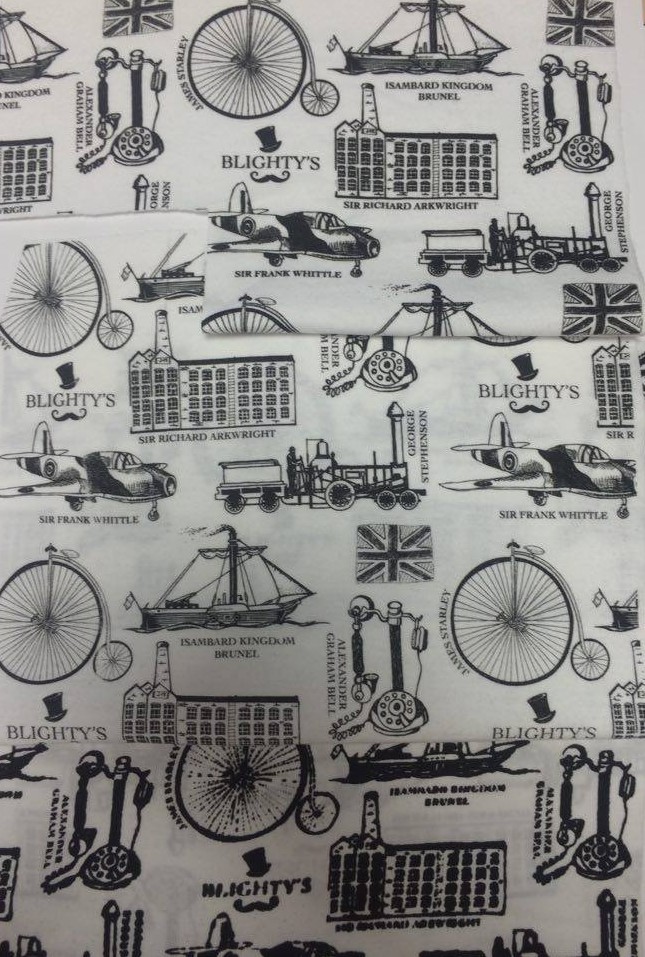
Platisol screen print – bottom to top – Too much ink let through screen; Too little ink let through screen; Final result.
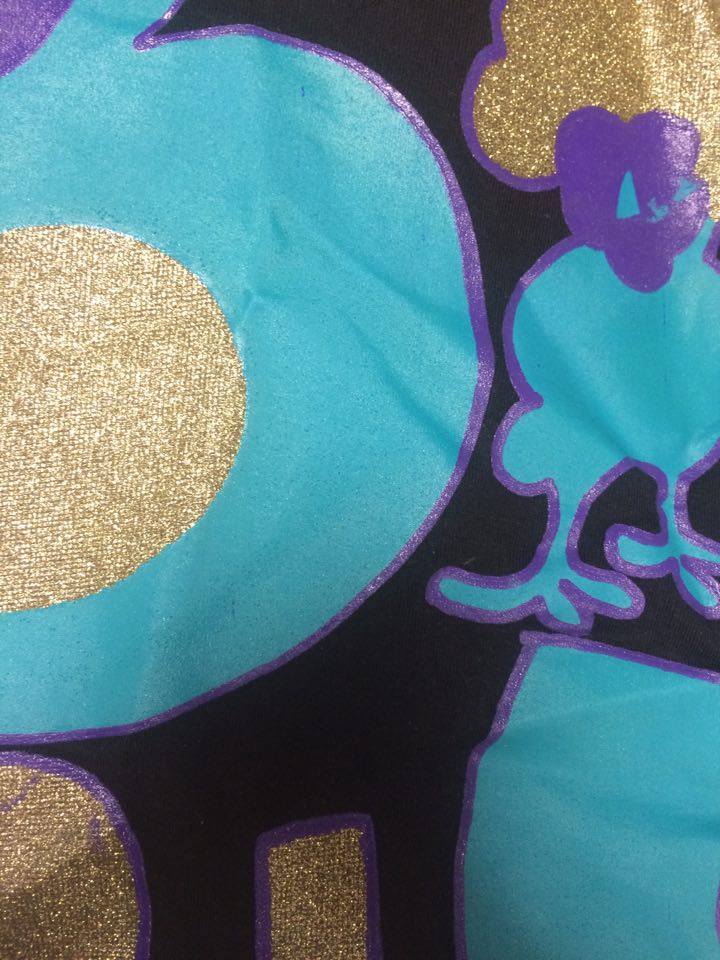
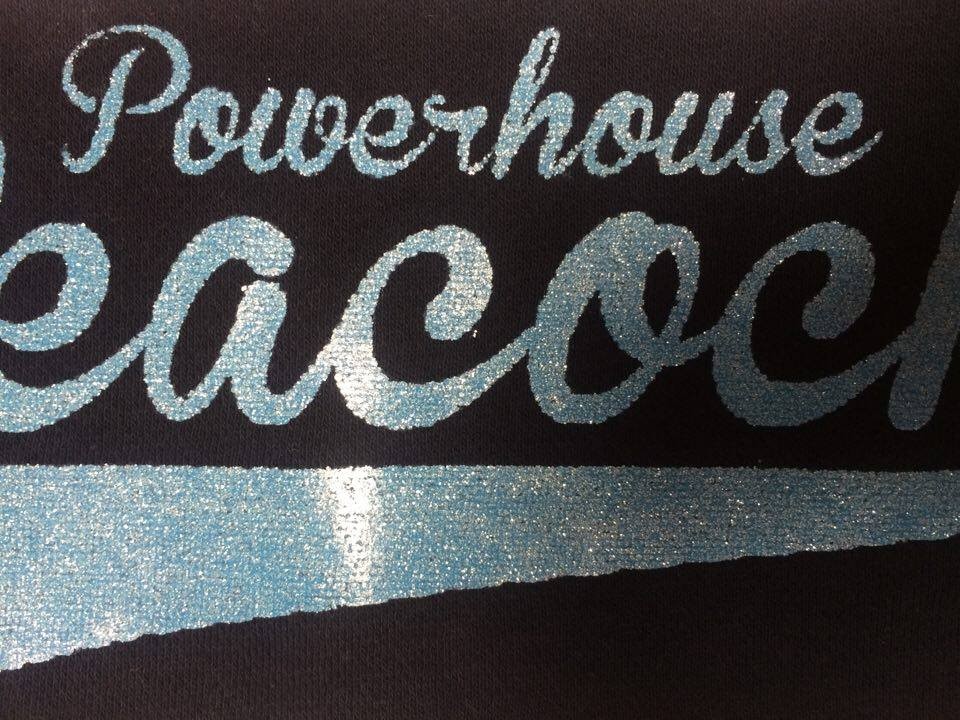
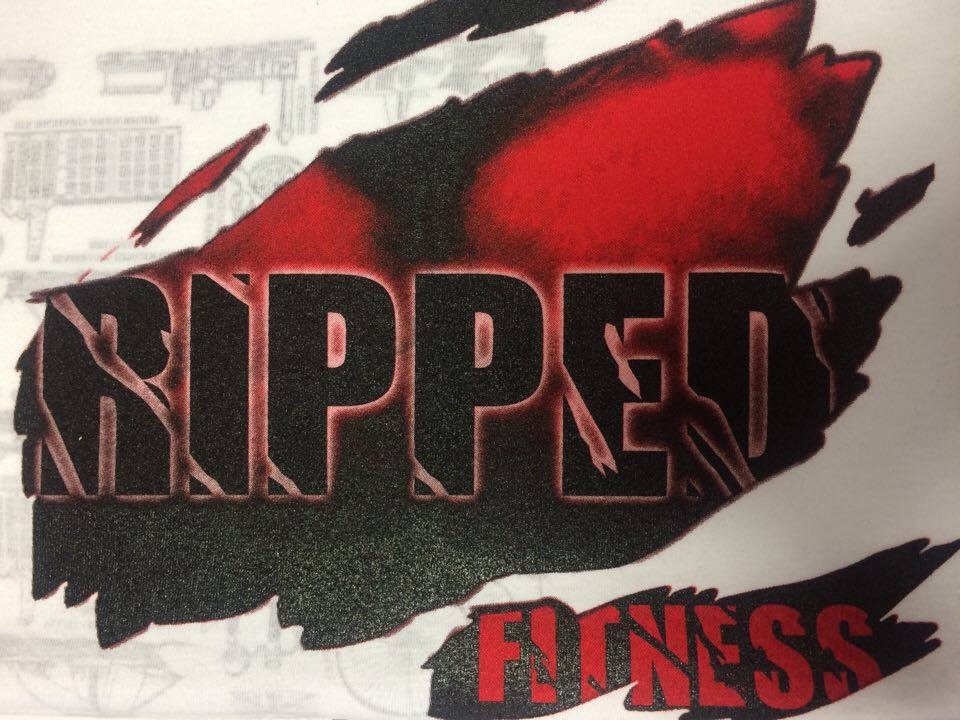
2 layer shading plastisol screen print.
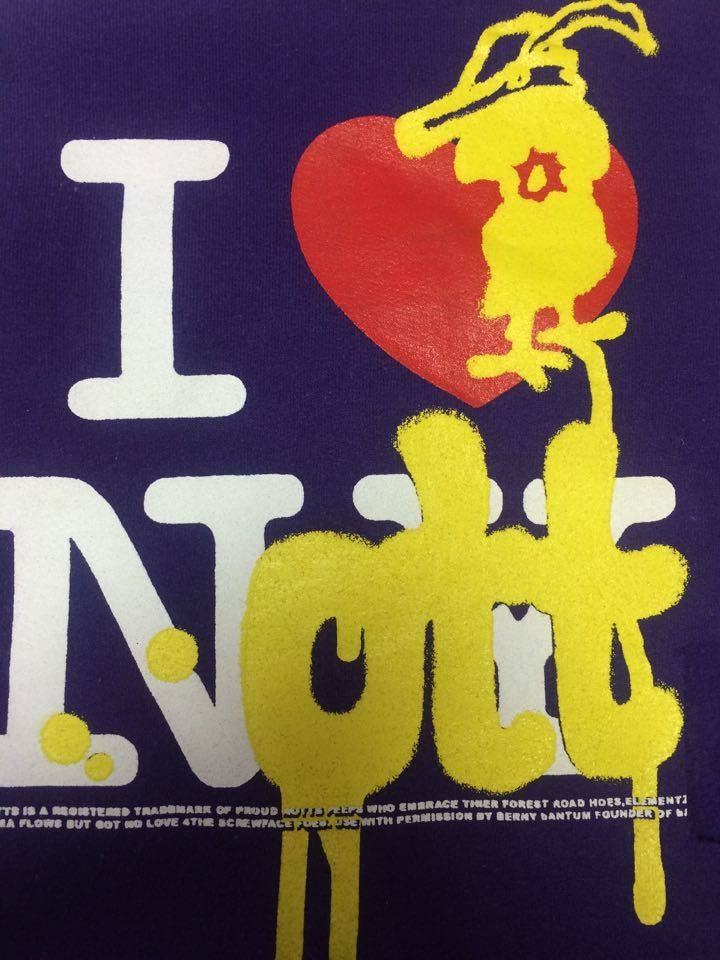
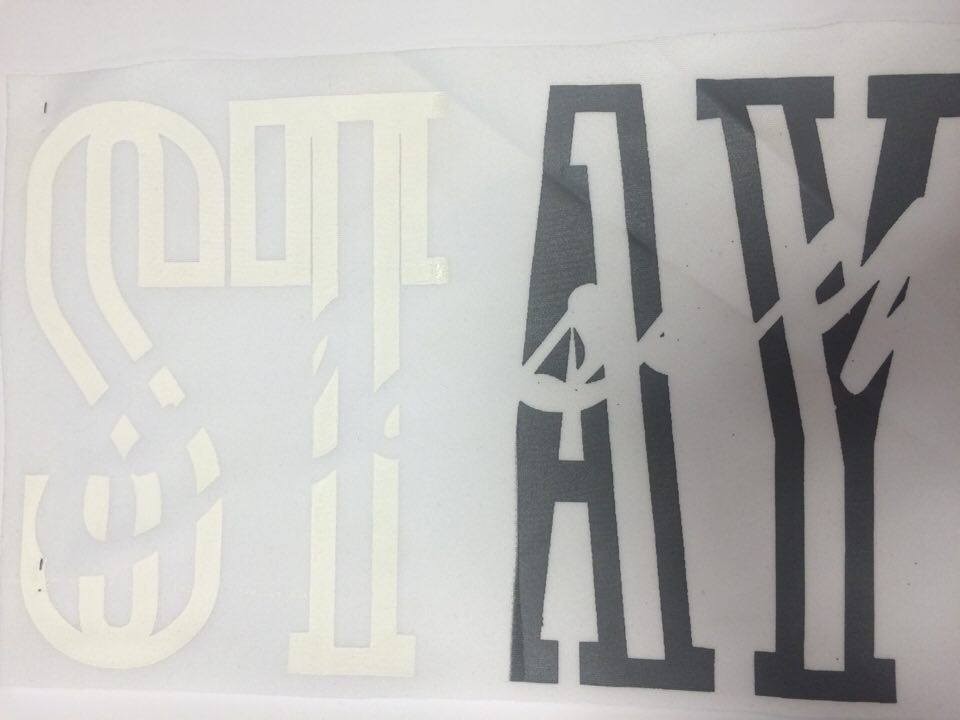
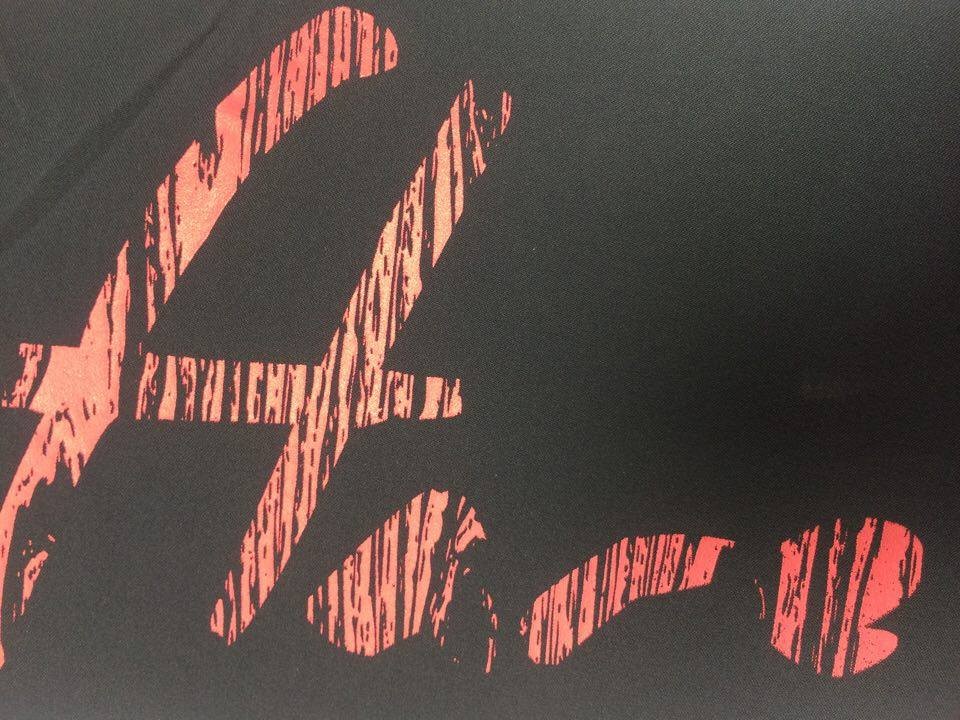
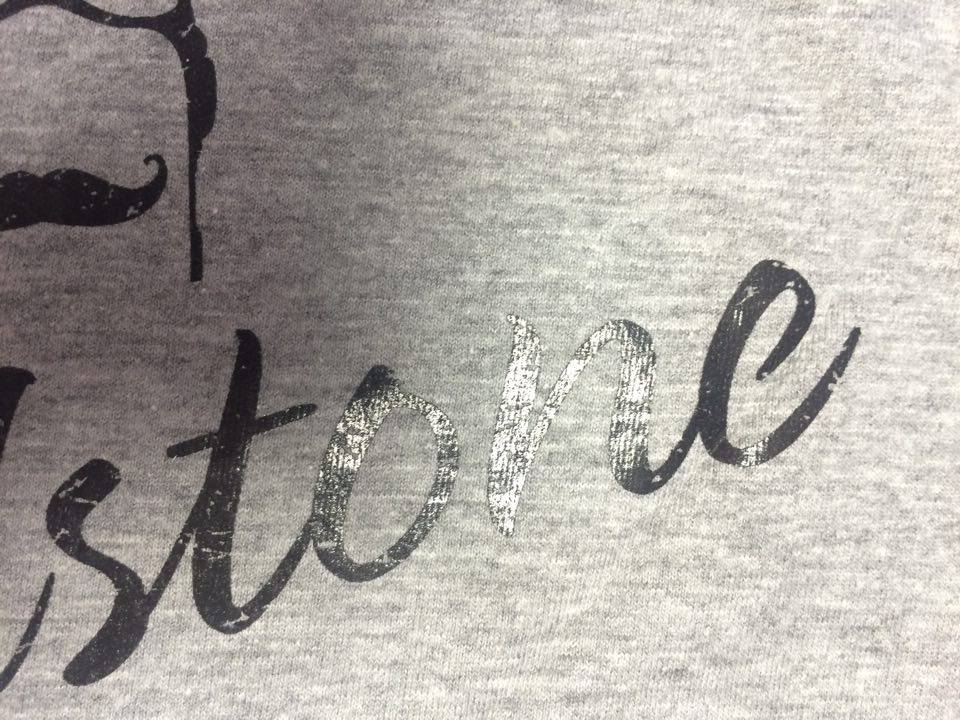
Discharge Inks
This method is used to print lighter colours onto darker background fabric. They discharge the dye in the garment and replace it with a pigment at a high temperature.
This printing method leaves a soft texture, especially after washing the garment. However, as this is more fabric penetrative, clean lines will not hold well and exact colouring is difficult to control. Therefore, we recommend this option when you are looking for a distressed/vintage aesthetic.

Discharge inks.
Water Based Inks
This method is used for printing dark inks onto lighter coloured garments. If you want to print lighter inks onto darker fabrics, we recommend using water based discharge ink.
Water based inks are quite light weight, so these are great for large print areas. These inks dry out a little during a print run, so don’t work as well with fine tonal dots. Like discharge printing, garments with water based inks need to be washed to leave a soft texture.

Foil Printing
An adhesive solvent based ink is screen printed onto the fabric, placed into a large textile dryer and partially dried. Then a sheet of foil is applied with heat on top, left to cool, and the excess foil is peeled away, leaving your design.
This screen printed version of foil printing is not to be confused with vinyl cut foils, where shapes are cut out of sheets of vinyl, and then heat pressed onto garments. Screen printed foil is the softer option and is commonly used in gold, silver, and bronze. A delicate filament is used to get this softness, therefore aftercare can be more complicated.
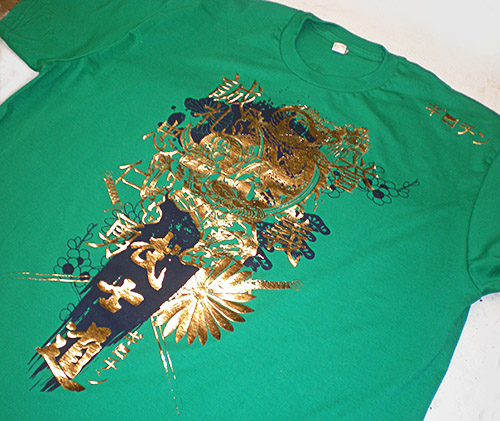
Foil printing.
Glitter and Shimmer Printing
Glitter is mixed and suspended in a plastisol ink to create this sparkling effect. The ink is still printed through a screen, although you can also screen print an adhesive to the garment in the shape of the design, cover it in glitter, and shake the excess away. This gets a little messy though, so usually screen printing is used to apply the glitter.
It is commonly used in gold and silver. To avoid adding too much texture to your garment, we suggest using this sparingly. Large areas of this printing type require heavier base fabrics that are robust enough to carry the design, for example sweatshirting fabric.
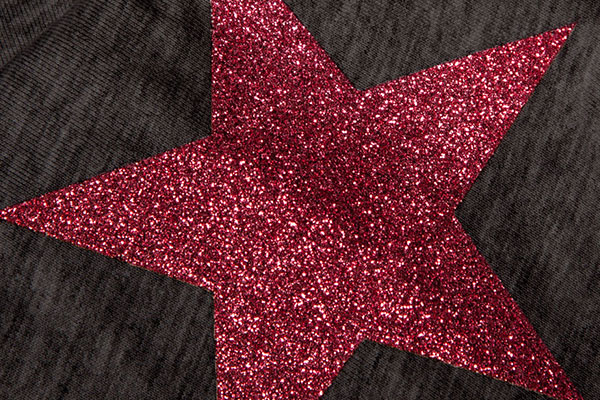
Metallic Printing
This is similar to glitter printing, however, instead of using large nuggets of real gold/silver, which as you can imagine is quite expensive, metallic printing uses smaller metal flakes. These are suspended in a plastisol ink.
The smaller flakes mean metallic printing is more lightweight than glitter printing, so this method is more suitable for lightweight fabrics. The smaller flakes also fit through a finer screen, therefore more detailed lines are possible with this method. Common colours used are dark silver and dark gold. It is possible to mix colours into a metallic, however, the effect of this can be quite dull as it dilutes the shimmer of the metallic flakes.
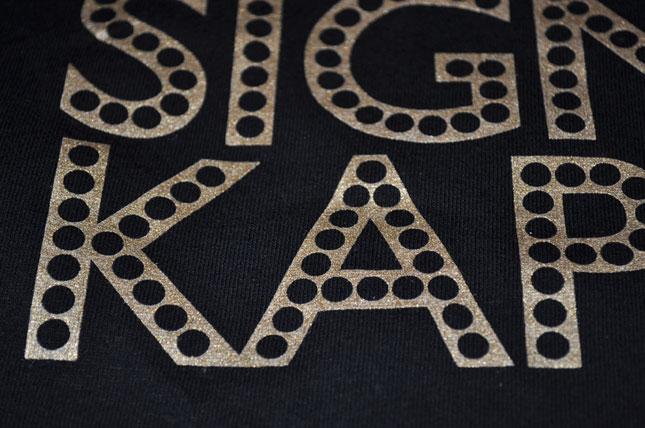
Metallic printing.
Expanding Ink Puff Printing
An additive is added to plastisol inks which raises the print, creating a 3D feel. The ink is domed, but a square edge can be created by using multiple screens.
This method is very time consuming, and therefore it isn’t cheap. We recommend using it to create textural contrast in small areas. It works quite well for simple patterns and with a little lycra added into the ink for elasticity, the print will last well.
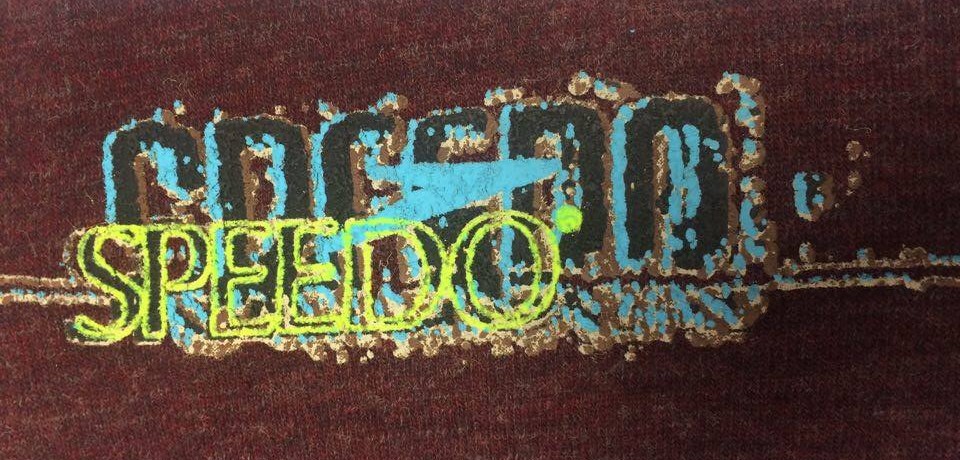
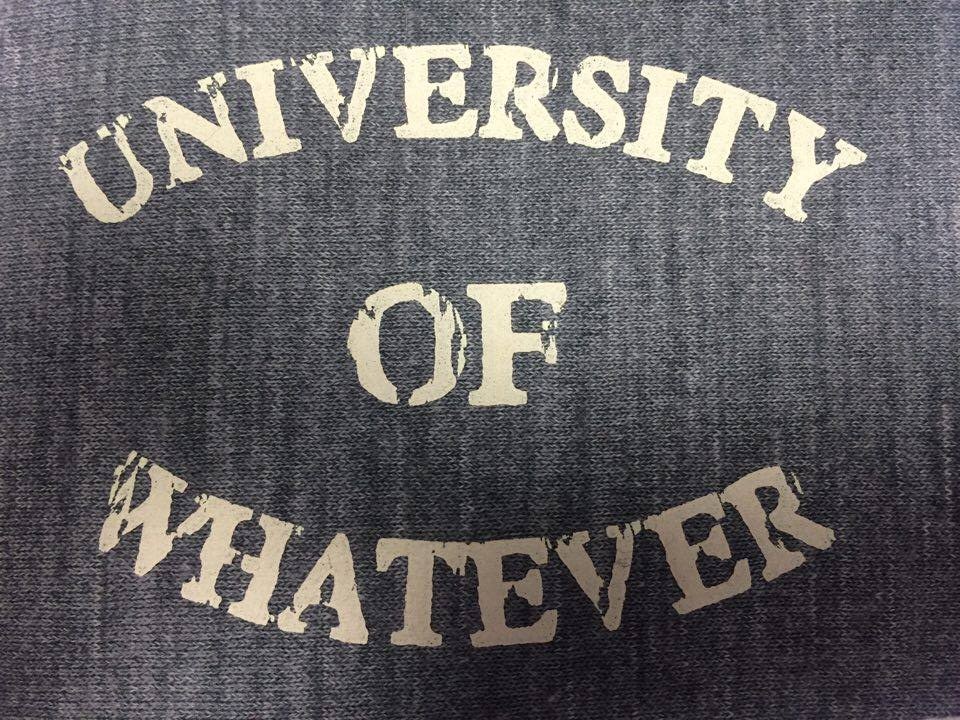
Puff screen print – distressed finish.
Four Colour Process Printing
CMYK (Cyan, Magenta, Yellow, and Black) dots combine to create your design. Different percentages mix together and create the full spectrum of colours required for photographic print. This means an infinite number of colours can be printed using only 4 screens, decreasing set up costs.
By creating your design with dots, rather than a solid print, the finish is relatively lightweight. This method gives a photographic finish, however, if a perfect picture is required, digital printing should be considered. So that the inks can mix, they are slightly translucent, therefore do not produce a vibrant print. A solid colour can be added over the top in small areas where a less subtle colour is required. Therefore, this method alone is good for vintage images where colour is required.
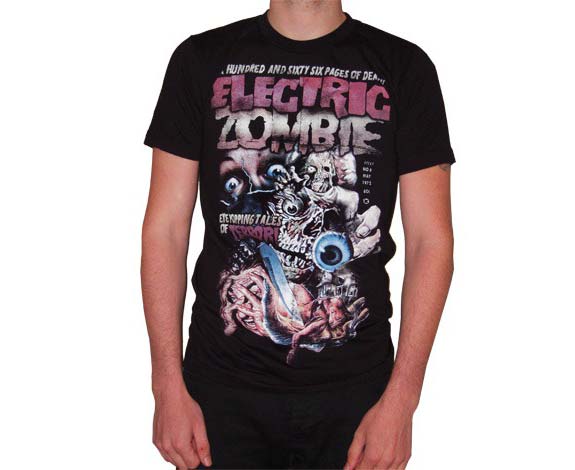
Four colour process printing.
Gloss Printing
This method adds a high sheen finish to a standard solvent based ink, giving your garment a more expensive look.
A plastisol ink is printed onto your garment. Then either a clear layer of ink is added over the design and heated, creating a shiny finish, or a silicone release paper is heat pressed over the original design, left to cool, and peeled off leaving a polished version of your design.
This works well for large print areas so it can catch the light.
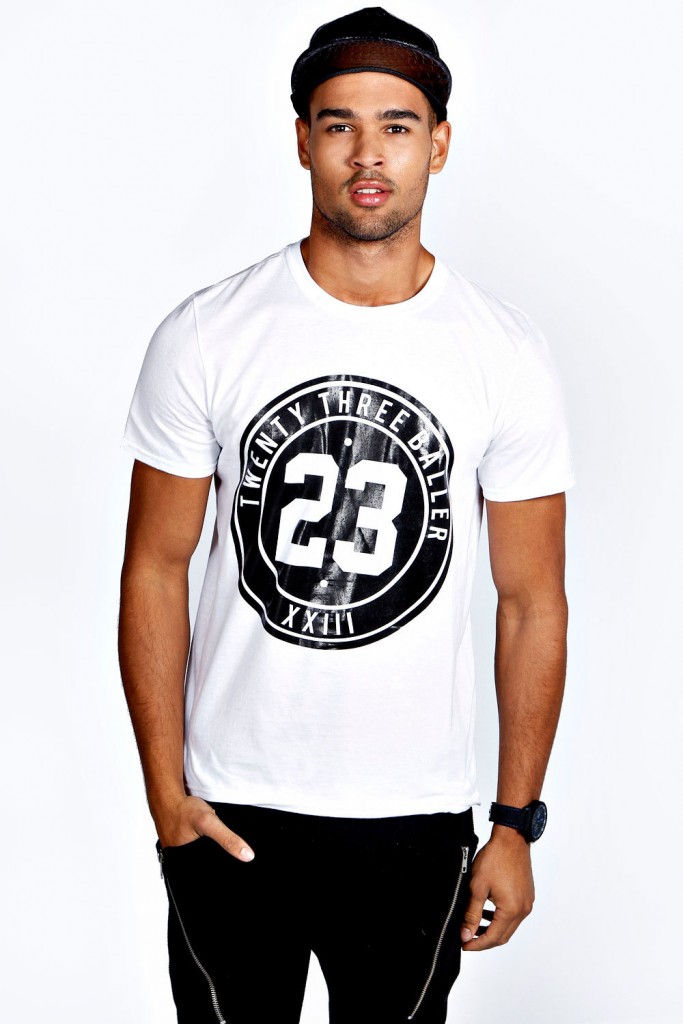
Gloss printing.
Digital Printing
Digital prints enable high definition photographic pictures to be printed on to garments. Fabric has to be digital print ready – treated with a certain finish to ensure the fabric absorbs the ink. This is a very high priced method of getting a design on to fabric. The higher the volume, the lower the price. As technology improves, the cost of digital printing should begin to come down. They are good for short runs but screen printing is most commonly used when it comes to full production.
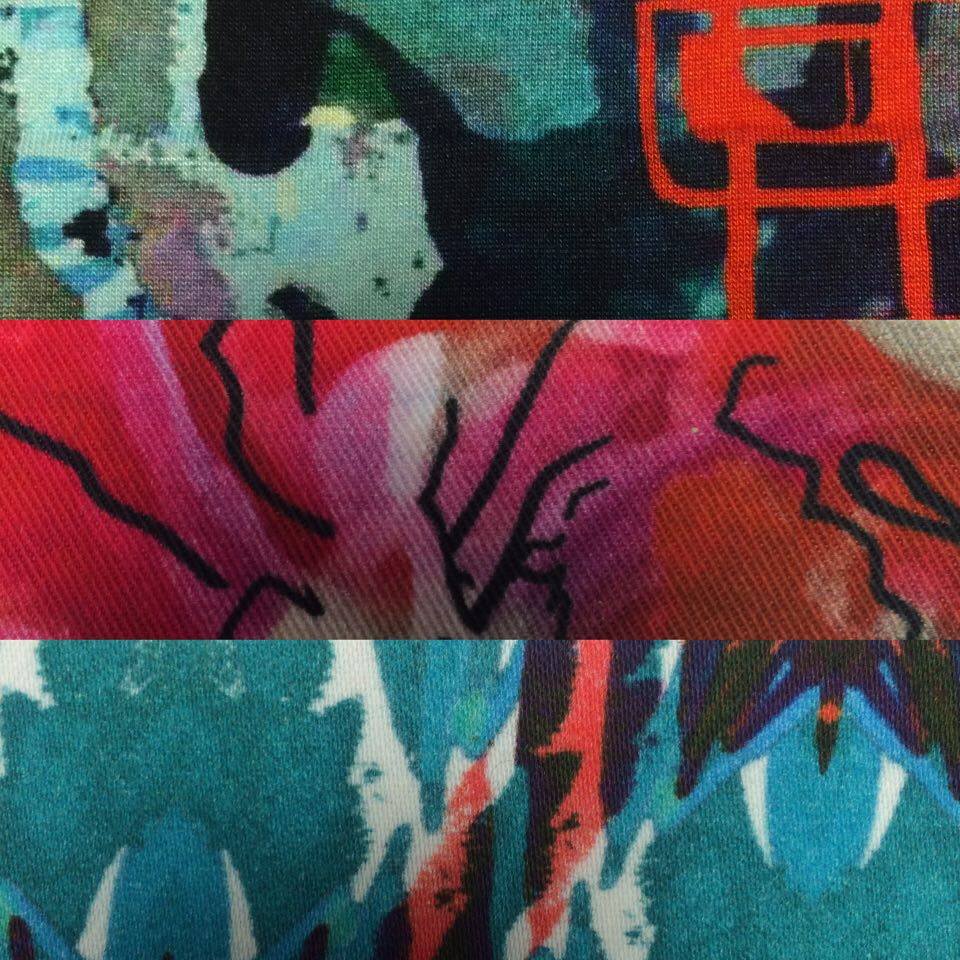
Viscose; Cotton Drill; Cotton Satin.
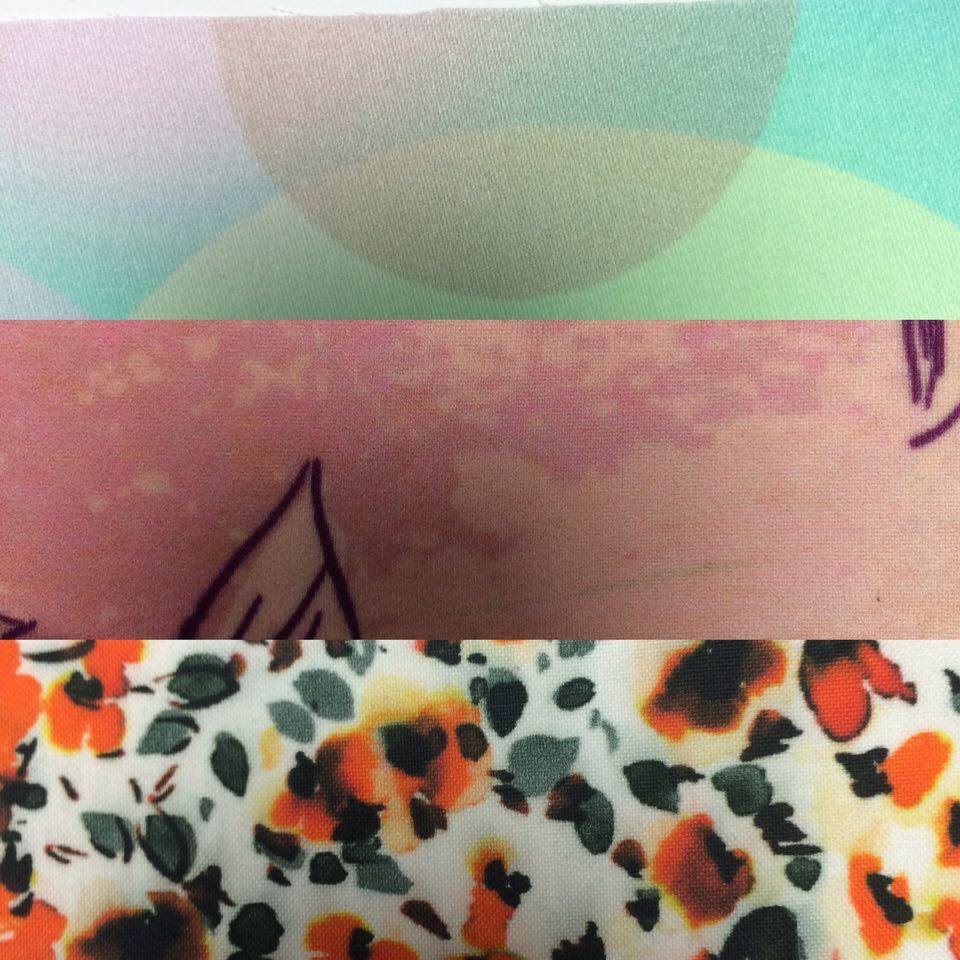
Heavy Satin; Nylon Lycra; Cotton.
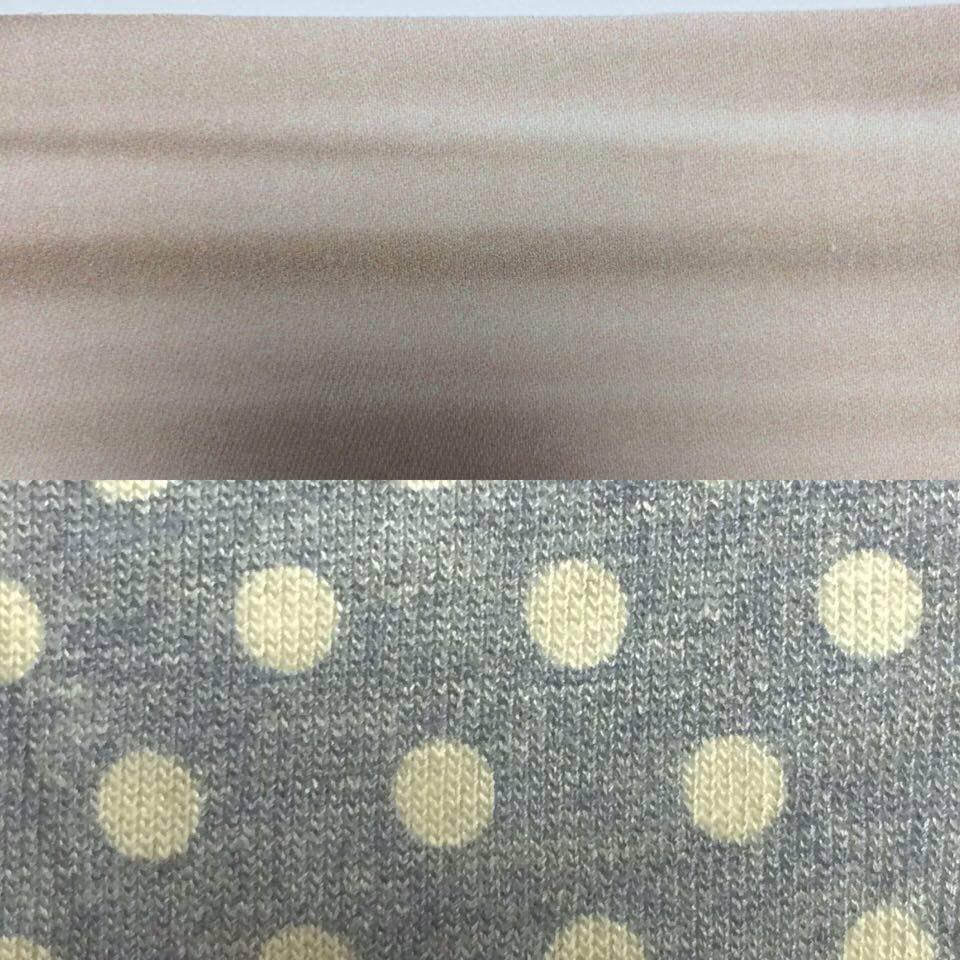
Litho Transfer Printing
When extreme detail is required, this method can be ideal. It is printed onto paper, which is much smoother than a textile so holds fine detail well. This is then applied to the garment with heat. This can provide a picture perfect finish, so is great for when no loss of detail is required. Due to this being a large film, it stops the fabric stretching and therefore can affect the drape. It is also susceptible to cracking and peeling and is therefore usually used in low to mid-range products.
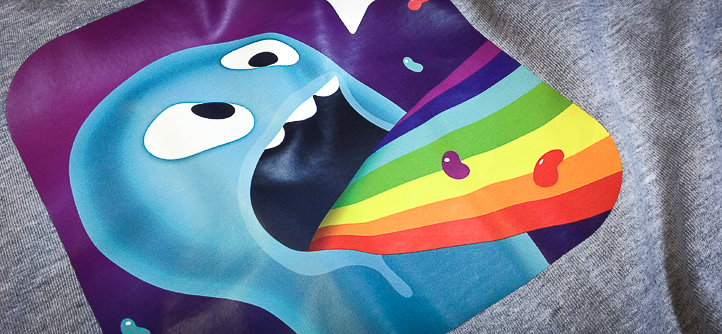
All Over Printed
When choosing all over printed garments, the product is laid flat and screen printed using a large screen. Water based ink is used to maintain softness over these larger areas.
This works best with less exact images as irregularities can be caused when going over seams for example. We recommend printing the garment panels before manufacturing but this increased minimums and costs. Set up costs for the larger screens are more expensive, so fewer colours make this more affordable.
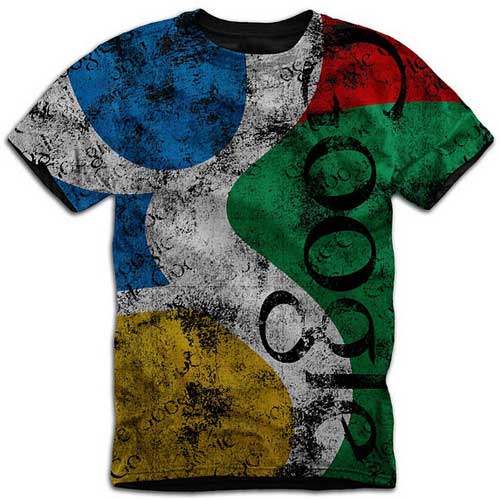
Black Tonal Printing
A main colour, such as black, can create tone and texture by using tonal dots, creating a variety of shades of grey. This can be a little grainy, so it is best to start with a high resolution image with high contrast, so a lot of white and black areas around the key features in the image. This is a low cost option and produces a vintage look. Less ink is used for the tonal areas, therefore gives a soft feel.
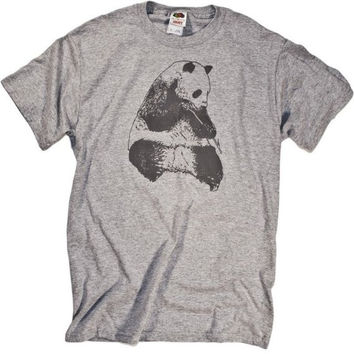
Black tonal printing.
Rainbow Printing
Complimentary colours are partially mixed and placed into one screen. To create a blended look, the ink is then swiped across the screen. The direction of this can vary. Seeing as only one screen is used, this means it costs less. The results can be a little random and inconsistent as the longer the print run, the more the colours blend. Therefore, this is best used in short runs.
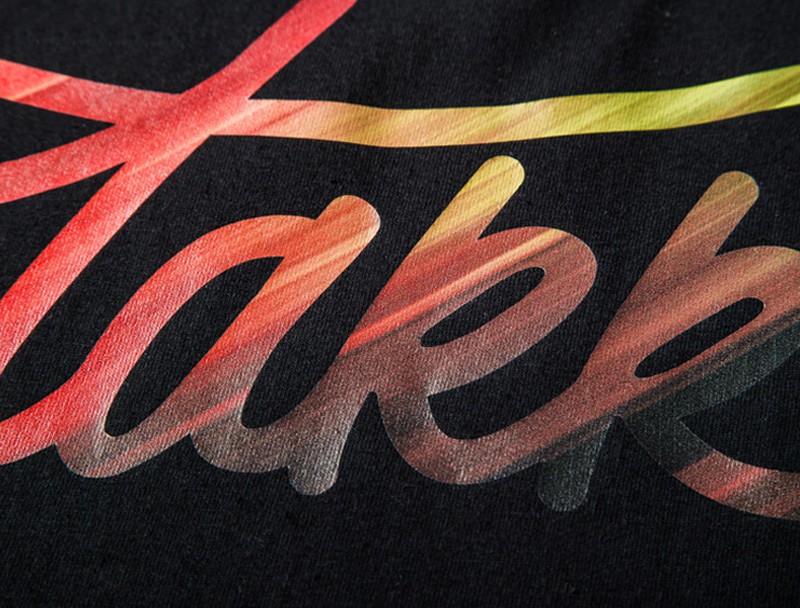
Discharge with Foil Printing
This is one example of how ink techniques can be mixed to create an individual look. Activator crystals are mixed into the discharge ink and printed alongside a solvent based glue. This is then heated and the foil is heat pressed over the design. This is left to cool and any excess is peeled away. The foil only sticks to the adhesive area and therefore, the coloured inks are visible.
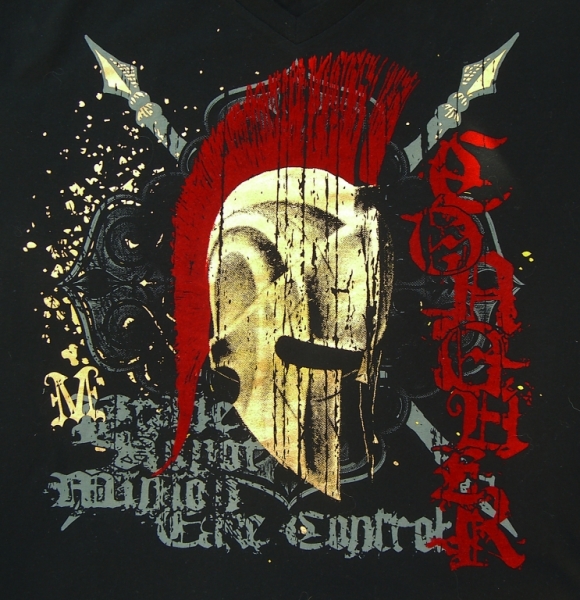
Neon Printing
Neon inks stand off the garment so add texture to the garment. To keep it soft, neon ink works best on lighter backgrounds. Neon inks on black require more ink so can be a bit heavy.
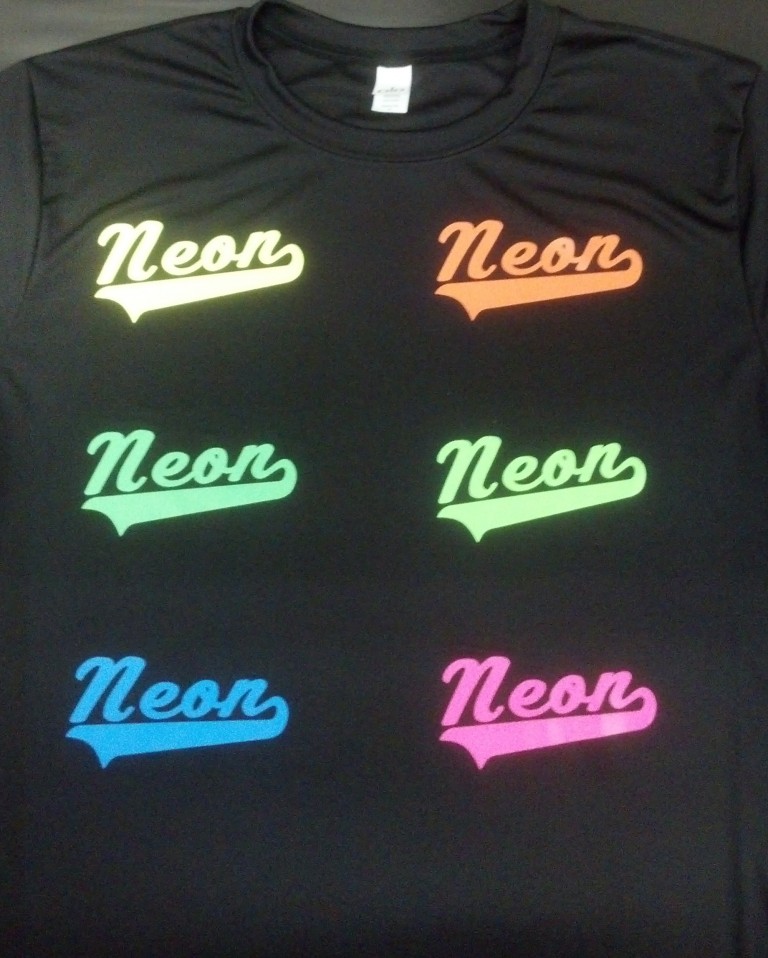
Neon printing.
Sublimation Printing
This is a process where images are heat transferred onto your garment. Dye sublimation ink changes from a solid dye to a gas when heated, without turning into a liquid, permanently dying fibres. This is a cheaper option than digital printing but gives the same high definition finish. However, due to the nature of the dyes, it only works with polyester fabrics. When fabrics have less polyester content, the print appears faded.
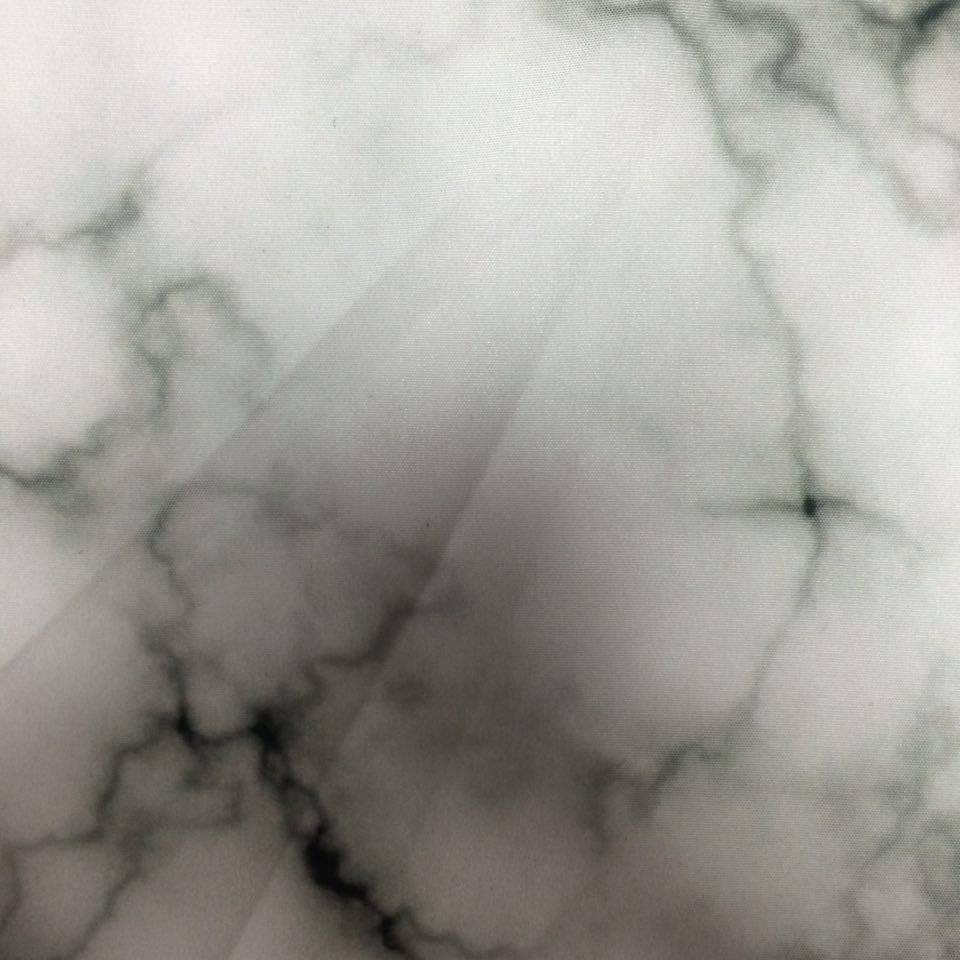
Roller Printing
Also called machine printing, cylinder printing, or direct printing, an engraved metal roller applies dye to the fabric. This is different from screen printing as it prints whole rolls of fabric with a repeat print instead of panel printing for stand along designs on garments. Roller printing is the cheapest method of printing per metre however it carries high set-up costs per colourway to engrave the huge rollers. This method is therefore suited to mass production.
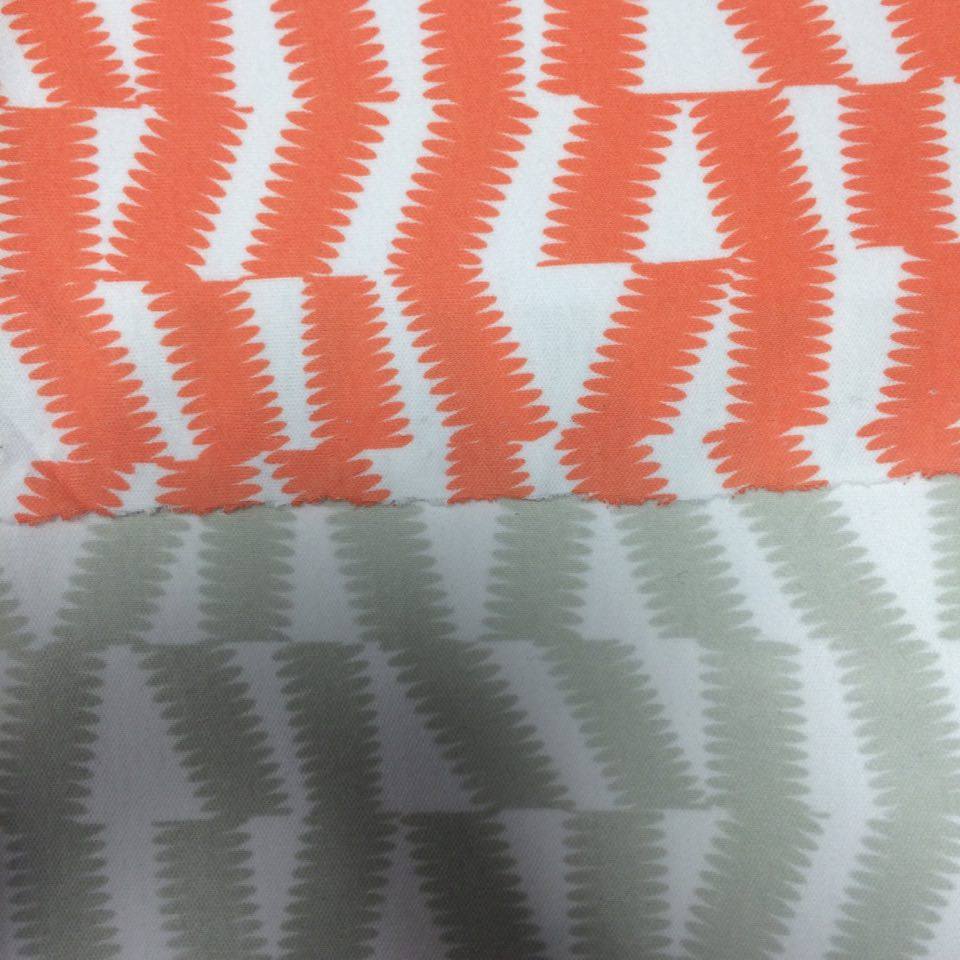
Direct to Garment Printing
Also known as DTG printing, digital direct to garment printing, digital apparel printing, and inkjet to garment printing, uses inkjet textile inks that are applied to the textile directly. This has a relatively low set up cost and is a quick process. The inks however, are expensive and the quality is not as good as digital printing, however techniques are improving all the time.
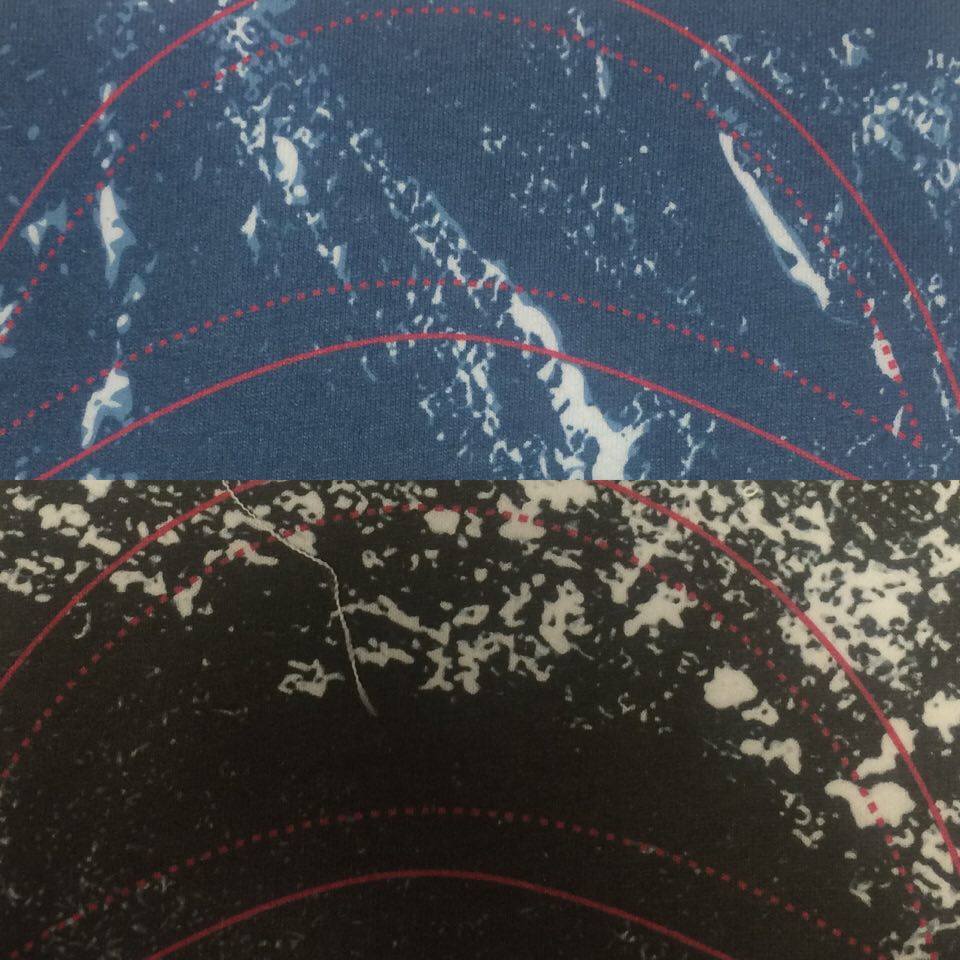
DTG printing.
Vinyl Heat Transfer
Sheets of vinyl are cut into your desired shape and heat pressed onto your garment. This technique carries no set-up cost and due to the methods allows for low minimum orders. This method is therefore used in promotional material and one-off designs e.g college hoodies with the individuals name applied to the back of the garment. As Vinyl is applied on top of the garment, it can stop the garment from stretching, it can effect the drape and is prone to cracking and peeling. It is therefore usually used in promotional clothing and low budget small run garments. Vinyl however is improving all the time and there are options for high definition stretch vinyl printing. These are quite often used on sportswear garments to reduce the risk of cracking and peeling.
Cheap vinyl.
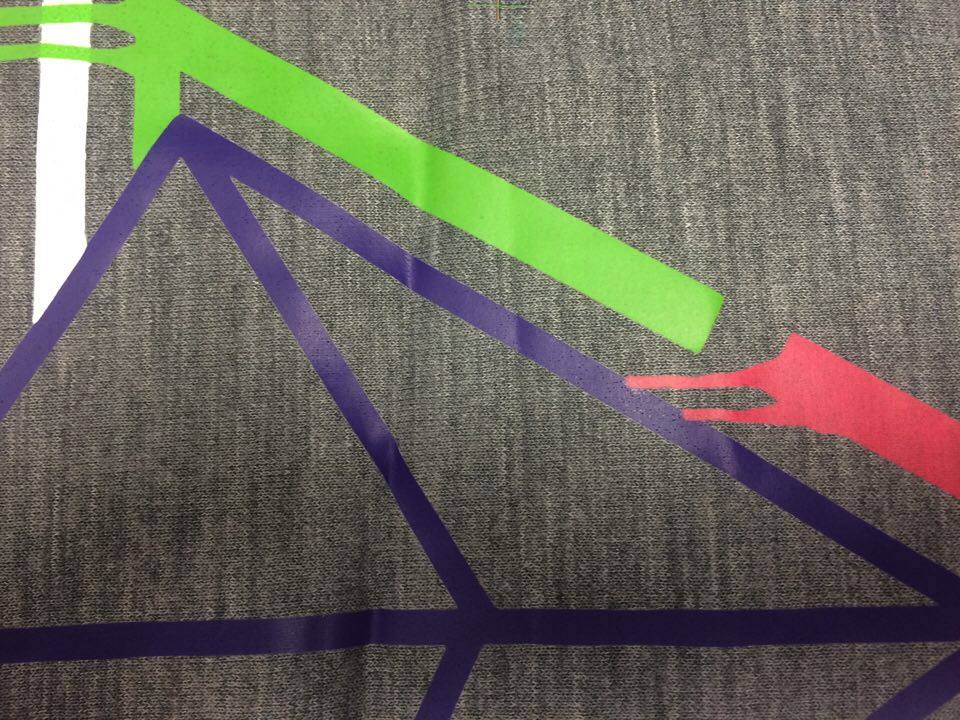
If you are looking to produce garments which require printing, please get in touch and we can advise you further! Call us on +44 (0) 115 848 4762 and take a look at our website to see the services we offer.






